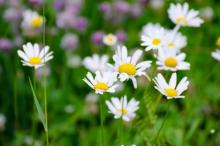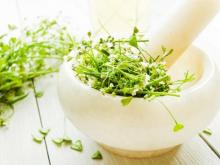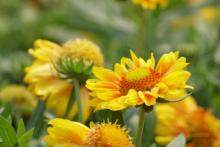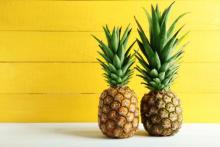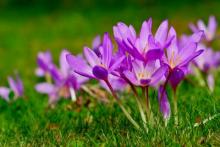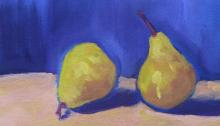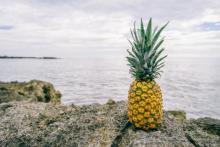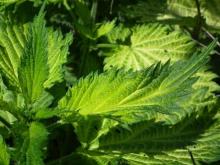Your Guide To Summer Flowers: Shasta Daisy
Shasta daisy is a member of the family Asteraceae ⁄ Compositae or Aster family of the genus Leucanthemum Mill. or daisy containing the species Leucanthemum ×superbum (Bergmans ex J.W. Ingram) Bergmans ex Kent. [maximum × lacustre] or daisy. The plant was cultivated in 1890 by Luther Burbank; by crossing a Japanese daisy with an American daisy he created the whitest flower in a garden that reflected moonlight and named it after the snow-capped mountain Mt. Shasta.

